Boris Yefimov
The political cartoonist who was a favorite of Stalin
The political cartoonist who was a favorite of Stalin
Boris Yefimov
1899–2008
The Week
Escape your echo chamber. Get the facts behind the news, plus analysis from multiple perspectives.

Sign up for The Week's Free Newsletters
From our morning news briefing to a weekly Good News Newsletter, get the best of The Week delivered directly to your inbox.
From our morning news briefing to a weekly Good News Newsletter, get the best of The Week delivered directly to your inbox.
One day in 1947, Soviet satirist Boris Yefimov was sketching a cartoon for Pravda that depicted Dwight D. Eisenhower leading the U.S. Army in a war against some peaceful Eskimos. The phone rang. It was Josef Stalin. Jumping to his feet, a fearful Yefimov listened as the dictator announced a deadline for the drawing. “Someone will pick it up at 6 p.m.,” Stalin said, and hung up. Panicked, Yefimov finished just as the messenger arrived. Stalin loved the result, even the artist’s errant inclusion of a penguin at the North Pole. It was business as usual for Yefimov, who survived the Soviet terror by ingratiating himself to the man who killed millions.
Yefimov, the son of a Kiev, Ukraine, shoemaker, was attracted to communism after studying art and law, said the Los Angeles Times. Following the 1917 revolution, he joined Izvestia and became so devoted a follower of Leon Trotsky that in 1924 he asked the radical leader to write a foreword to his first book of cartoons. “Trotsky paged through the portfolio, liked what he saw, and agreed.” When Trotsky fell from power, however, Yefimov feared that his association with Stalin’s chief rival might cost him his life. Indeed, in 1940 Stalin ordered the execution of Yefimov’s brother, Mikhail, who had founded the illustrated journal Ogonyok and had “ignored a warning from Stalin in 1923 not to publish a photo spread on Trotsky.” But Yefimov was spared. “It seems Stalin needed a good, experienced cartoonist,” he said.
“After Hitler invaded the Soviet Union, Yefimov became the leading cartoonist of the Great Patriotic War,” said the London Daily Telegraph. In his largely illiterate country, his caricatures were invaluable propaganda tools. One Yefimov effort depicted wounded and retreating Wehrmacht soldiers carrying a coffin marked “Myth of the Invincibility of the German Army.” Another showed a shrunken Hitler as a barrel-organ grinder. Yefimov’s lampoons so infuriated the Führer that he vowed to shoot the artist when he captured Moscow. But Yefimov was undaunted. He’d rather confront an angry Hitler, he told friends, than a disappointed Stalin.
Yefimov’s influence diminished after Stalin’s death in 1953. But he became something of a national treasure in Russia, continuing to draw and regaling visitors for decades with his memories of his Soviet masters. He reflected often on the devil’s bargain he had struck with Stalin: “Yes, he destroyed my brother. He was a villain. He murdered many innocent people. A dreadful man! But still, a certain human logic wins out. He is also the person who granted me my life, my freedom, my work.”
A free daily email with the biggest news stories of the day – and the best features from TheWeek.com
Yefimov died last week, two days after his 109th birthday.
-
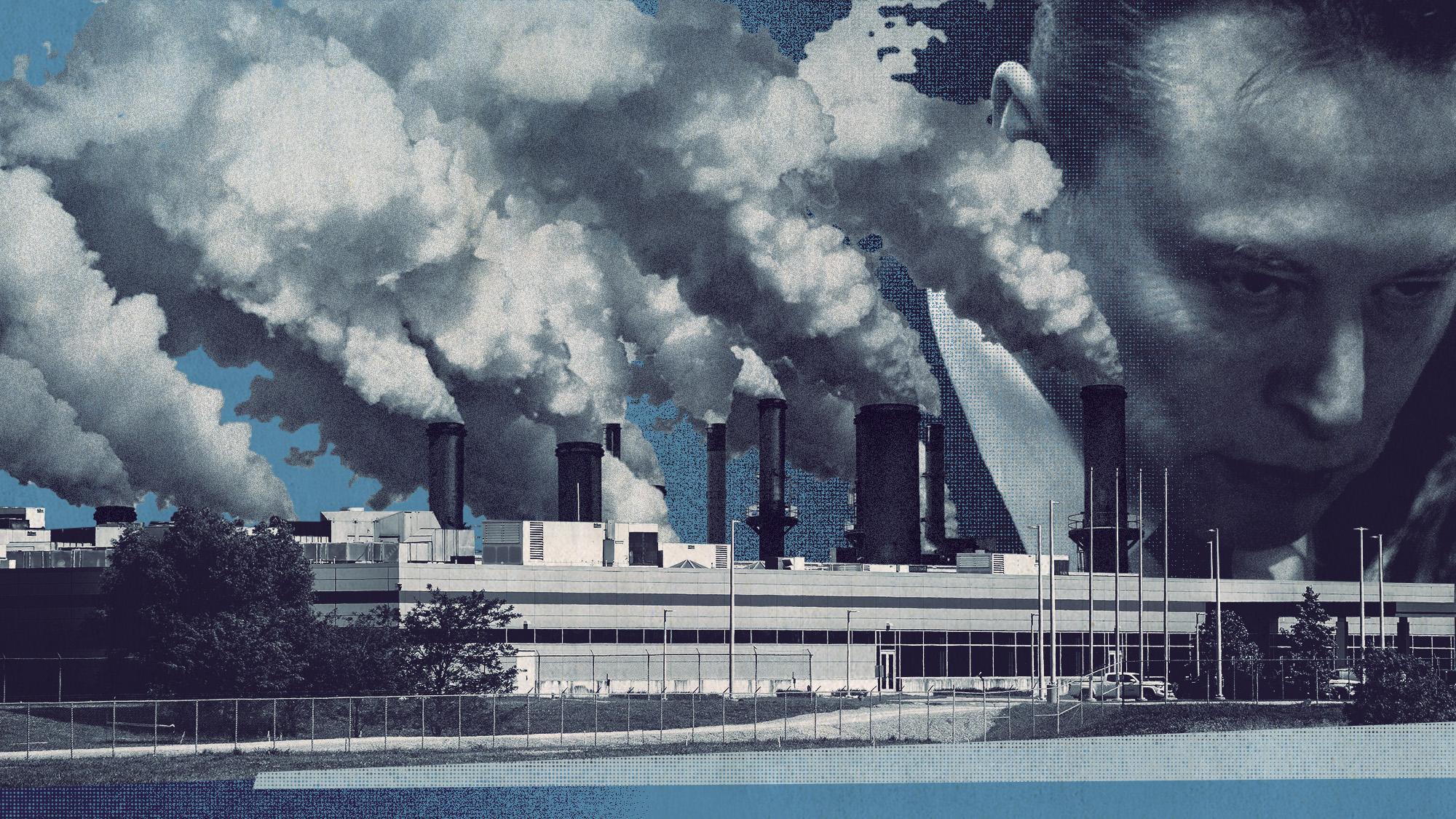 Inside a Black community’s fight against Elon Musk’s supercomputer
Inside a Black community’s fight against Elon Musk’s supercomputerUnder the radar Pollution from Colossal looms over a small Southern town, potentially exacerbating health concerns
-
 Codeword: December 4, 2025
Codeword: December 4, 2025The daily codeword puzzle from The Week
-
 Sudoku hard: December 4, 2025
Sudoku hard: December 4, 2025The daily hard sudoku puzzle from The Week
-
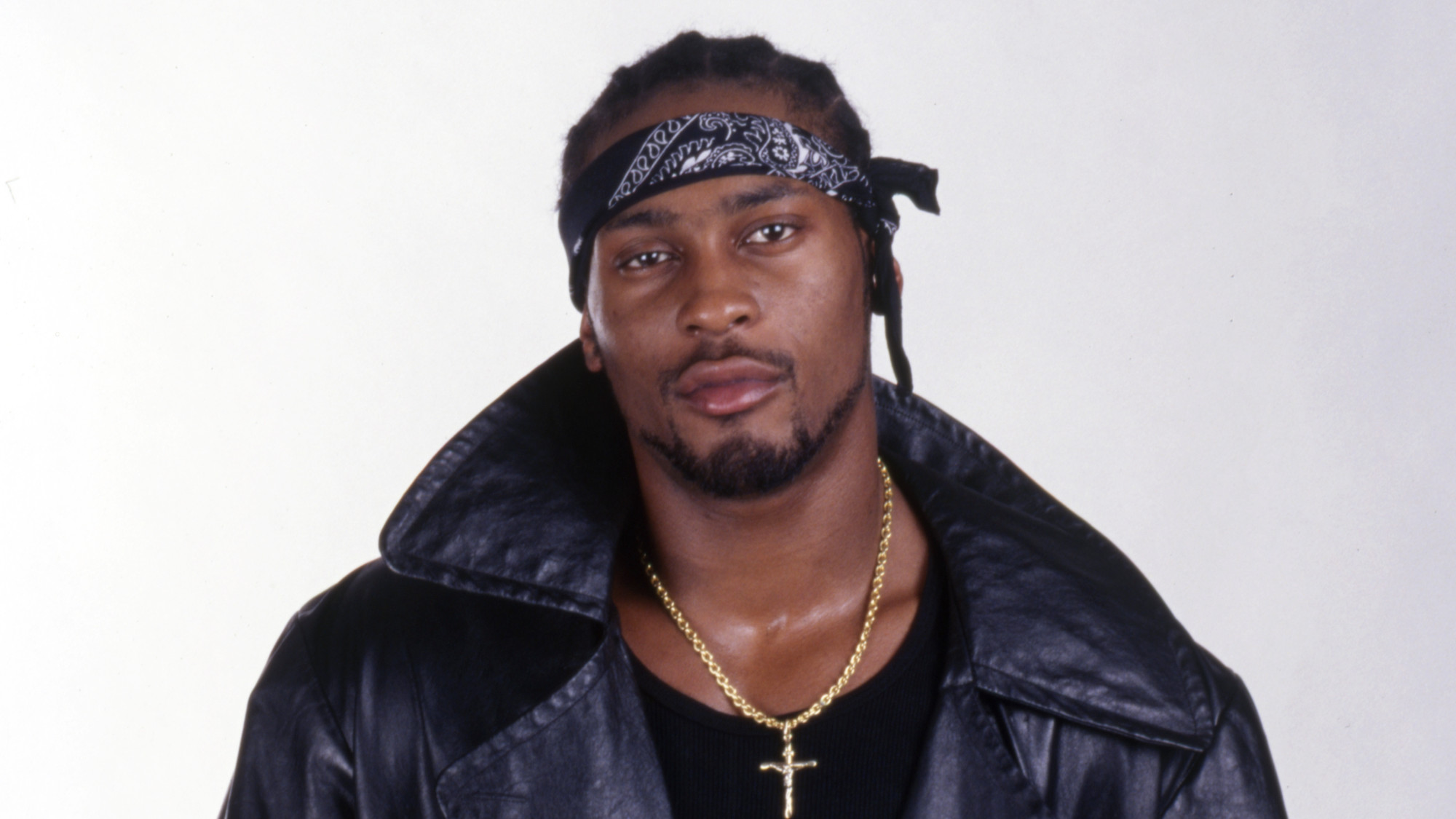 R&B singer D’Angelo
R&B singer D’AngeloFeature A reclusive visionary who transformed the genre
-
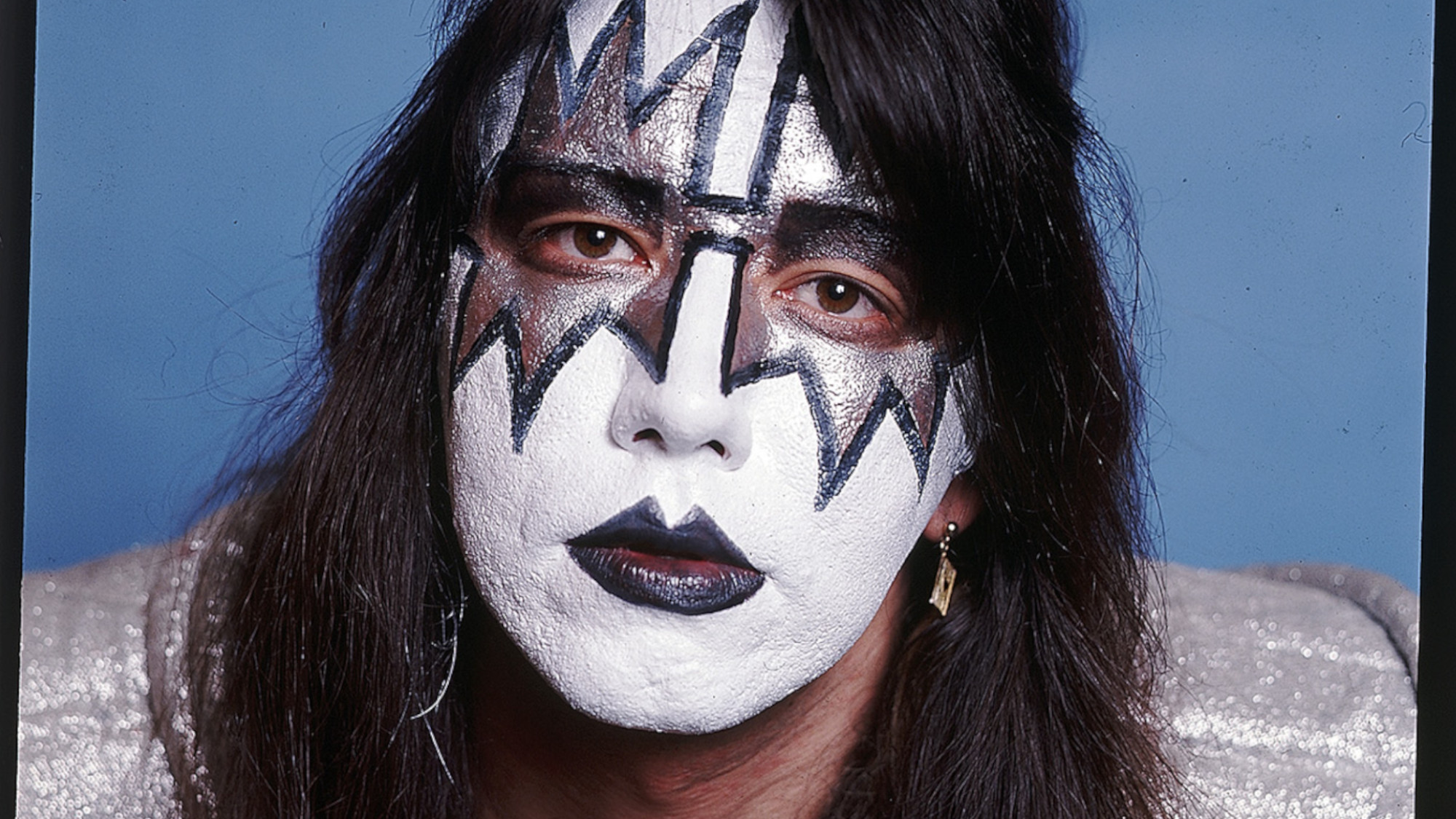 Kiss guitarist Ace Frehley
Kiss guitarist Ace FrehleyFeature The rocker who shot fireworks from his guitar
-
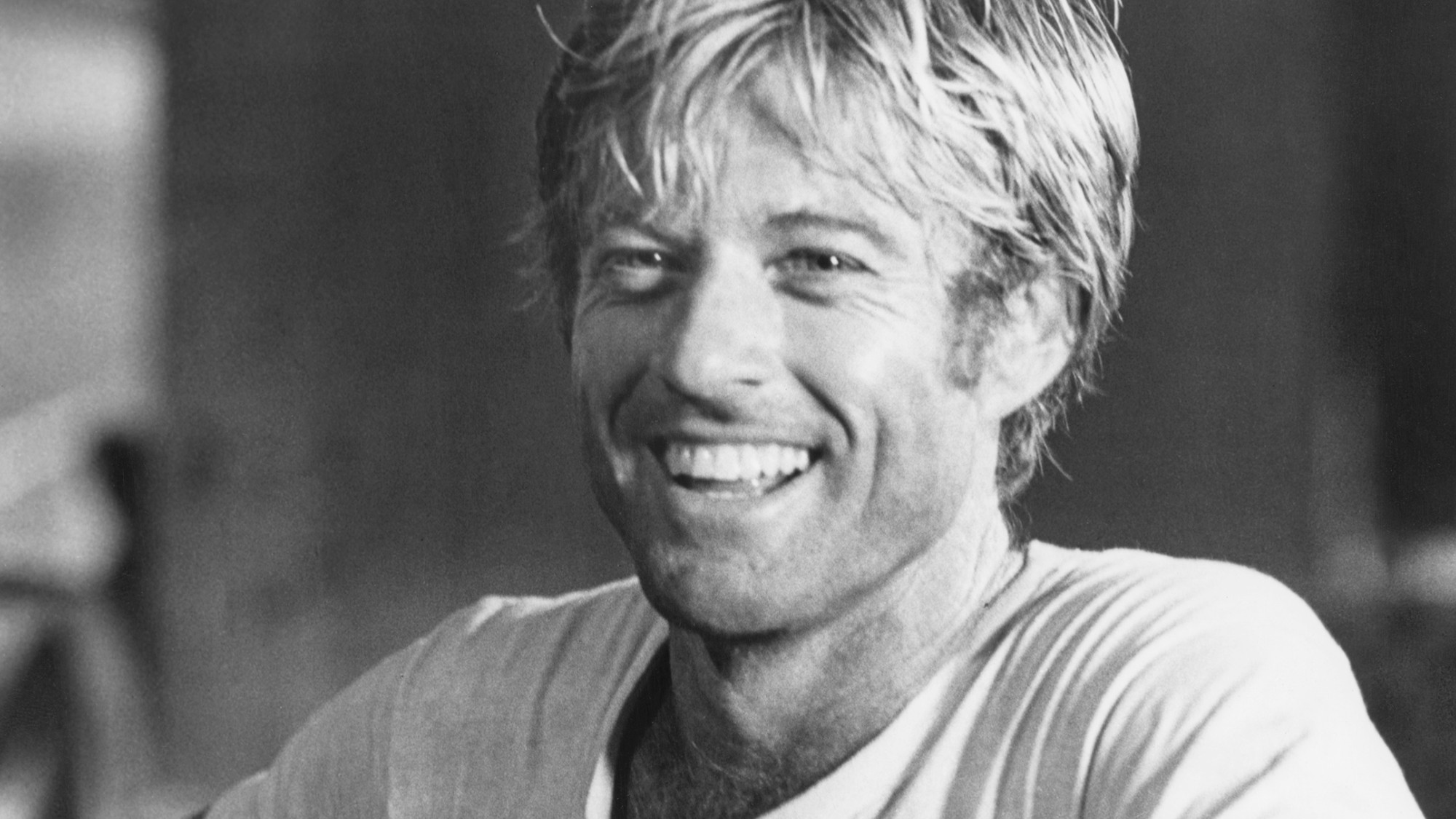 Robert Redford: the Hollywood icon who founded the Sundance Film Festival
Robert Redford: the Hollywood icon who founded the Sundance Film FestivalFeature Redford’s most lasting influence may have been as the man who ‘invigorated American independent cinema’ through Sundance
-
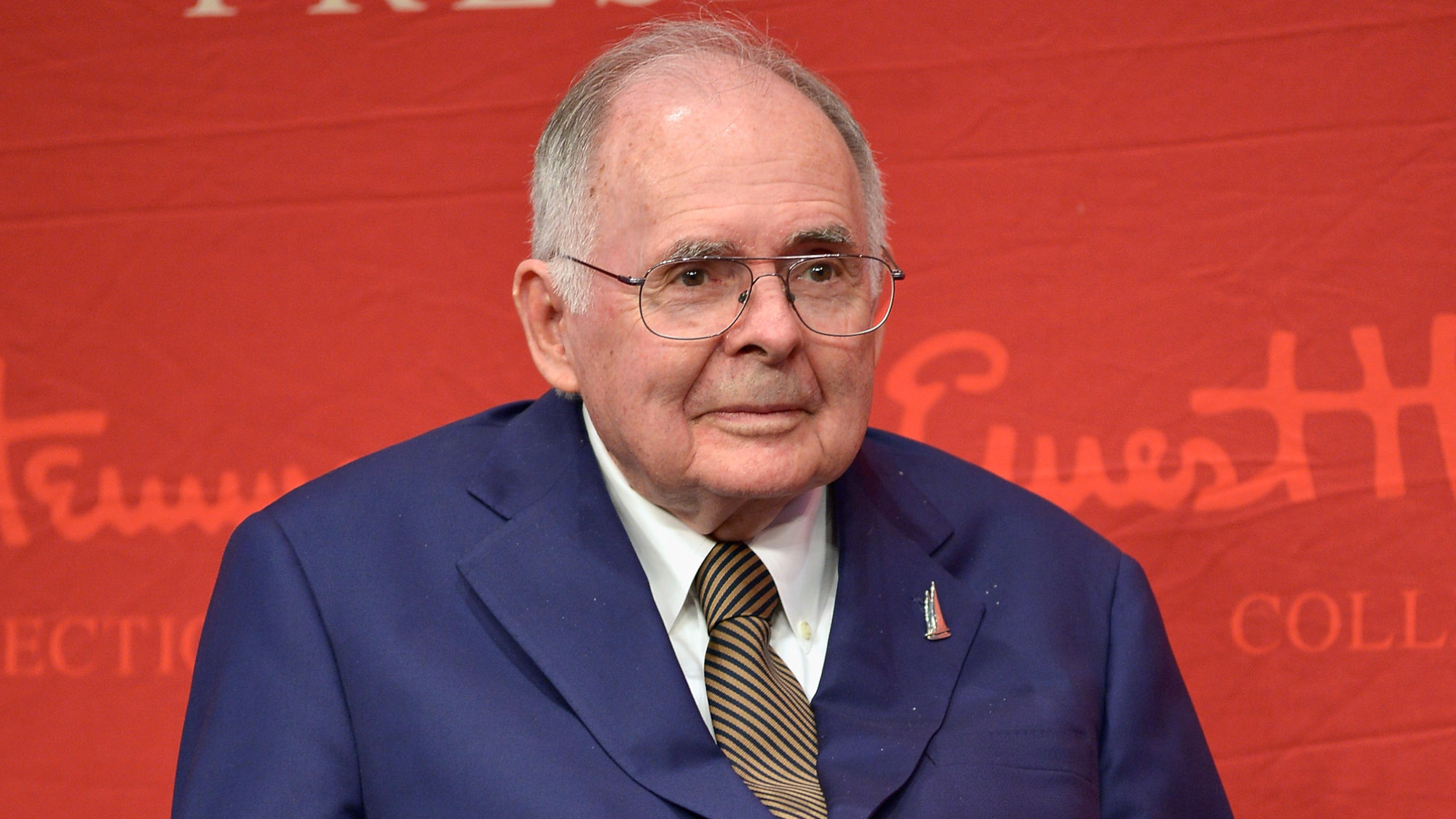 Patrick Hemingway: The Hemingway son who tended to his father’s legacy
Patrick Hemingway: The Hemingway son who tended to his father’s legacyFeature He was comfortable in the shadow of his famous father, Ernest Hemingway
-
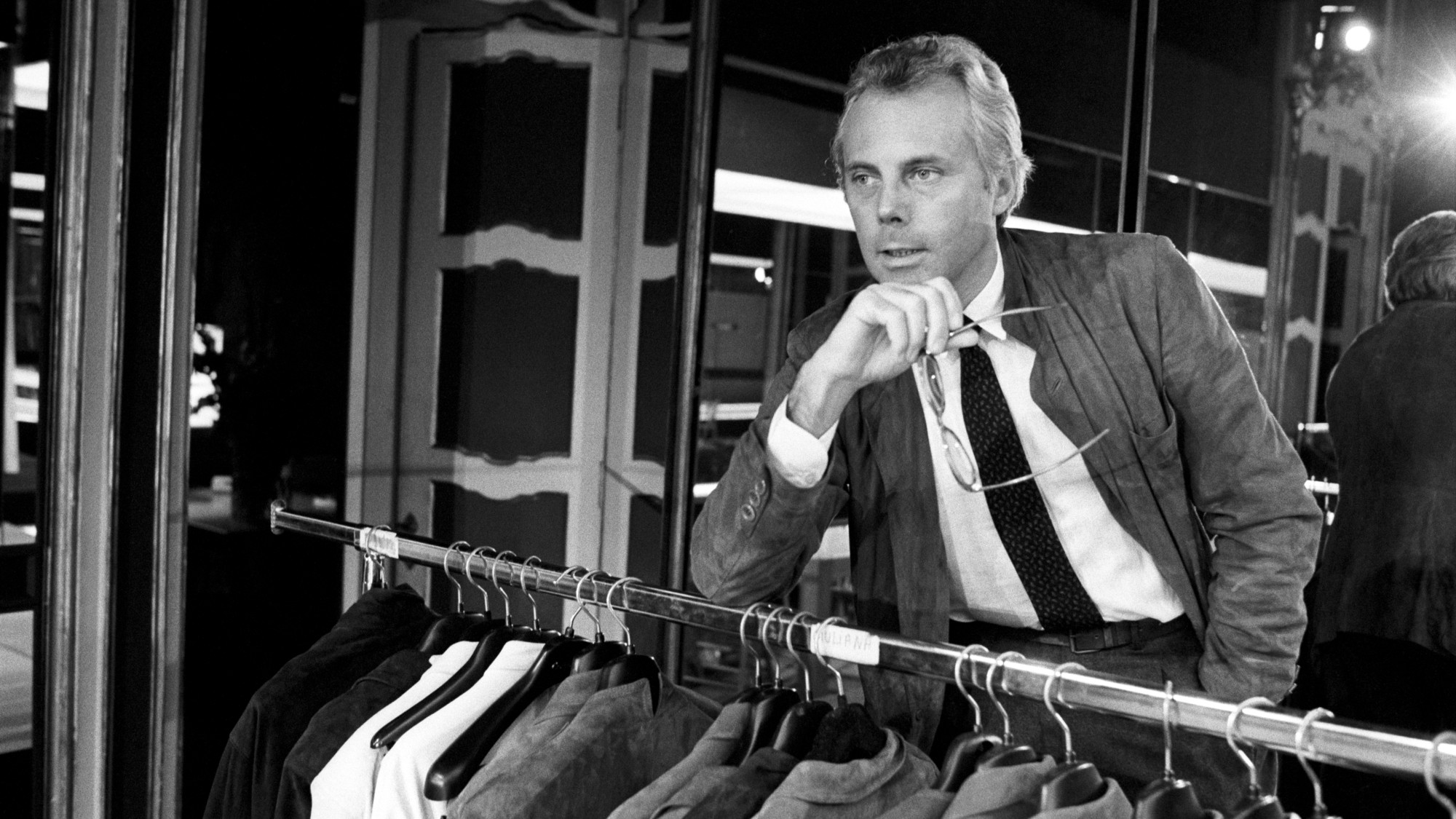 Giorgio Armani obituary: designer revolutionised the business of fashion
Giorgio Armani obituary: designer revolutionised the business of fashionIn the Spotlight ‘King Giorgio’ came from humble beginnings to become a titan of the fashion industry and redefine 20th-century clothing
-
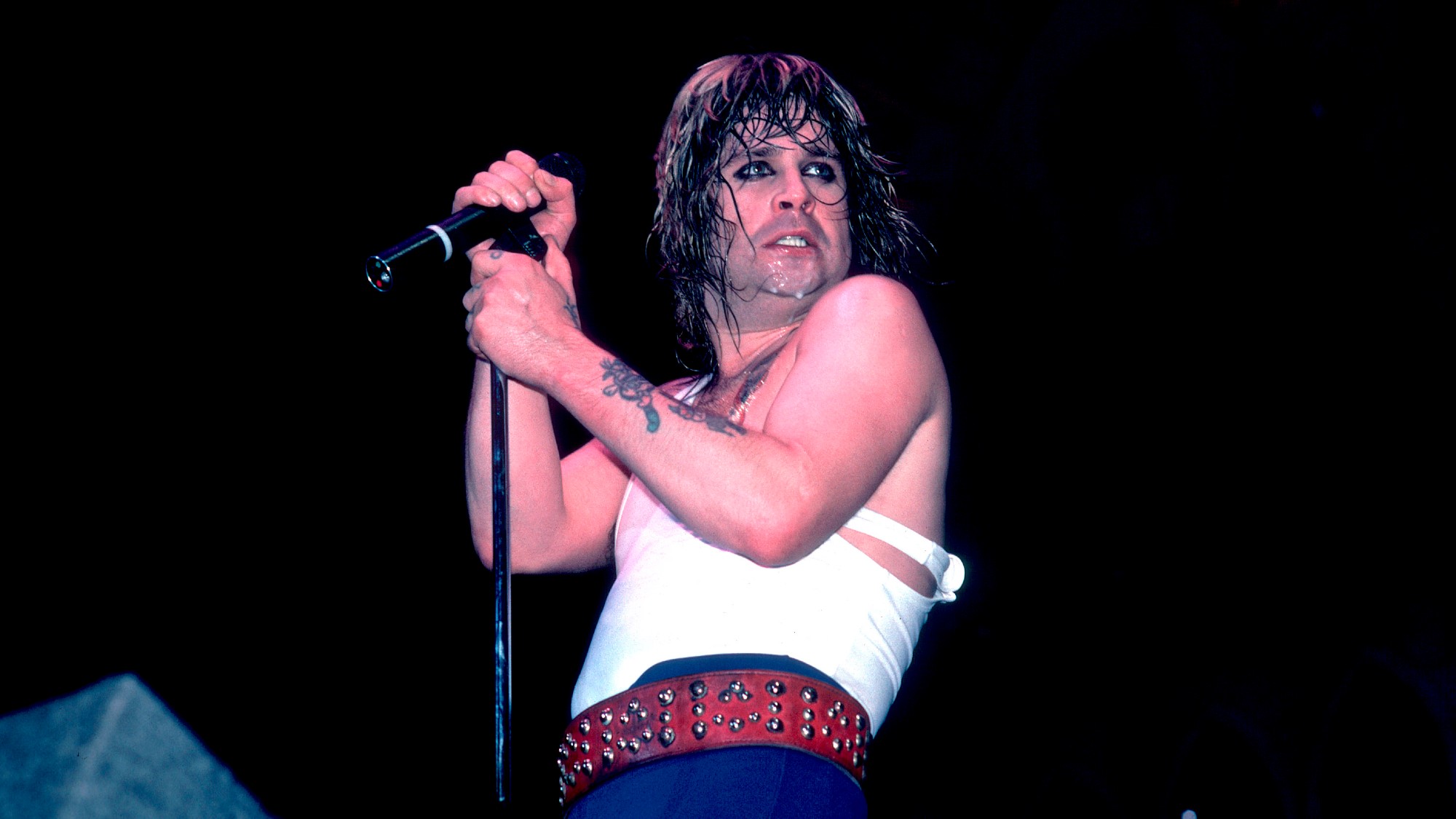 Ozzy Osbourne obituary: heavy metal wildman and lovable reality TV dad
Ozzy Osbourne obituary: heavy metal wildman and lovable reality TV dadIn the Spotlight For Osbourne, metal was 'not the music of hell but rather the music of Earth, not a fantasy but a survival guide'
-
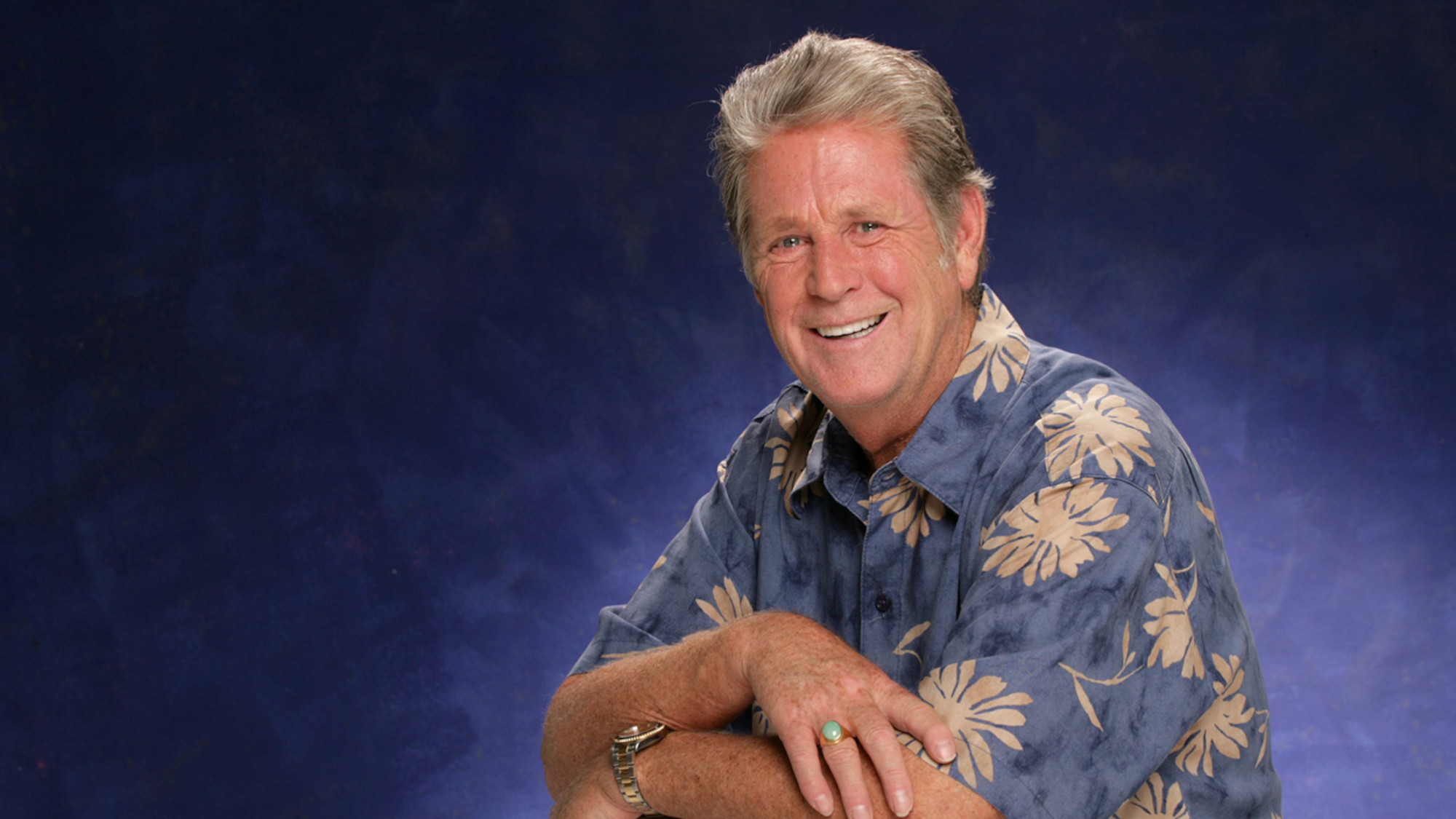 Brian Wilson: the troubled genius who powered the Beach Boys
Brian Wilson: the troubled genius who powered the Beach BoysFeature The musical giant passed away at 82
-
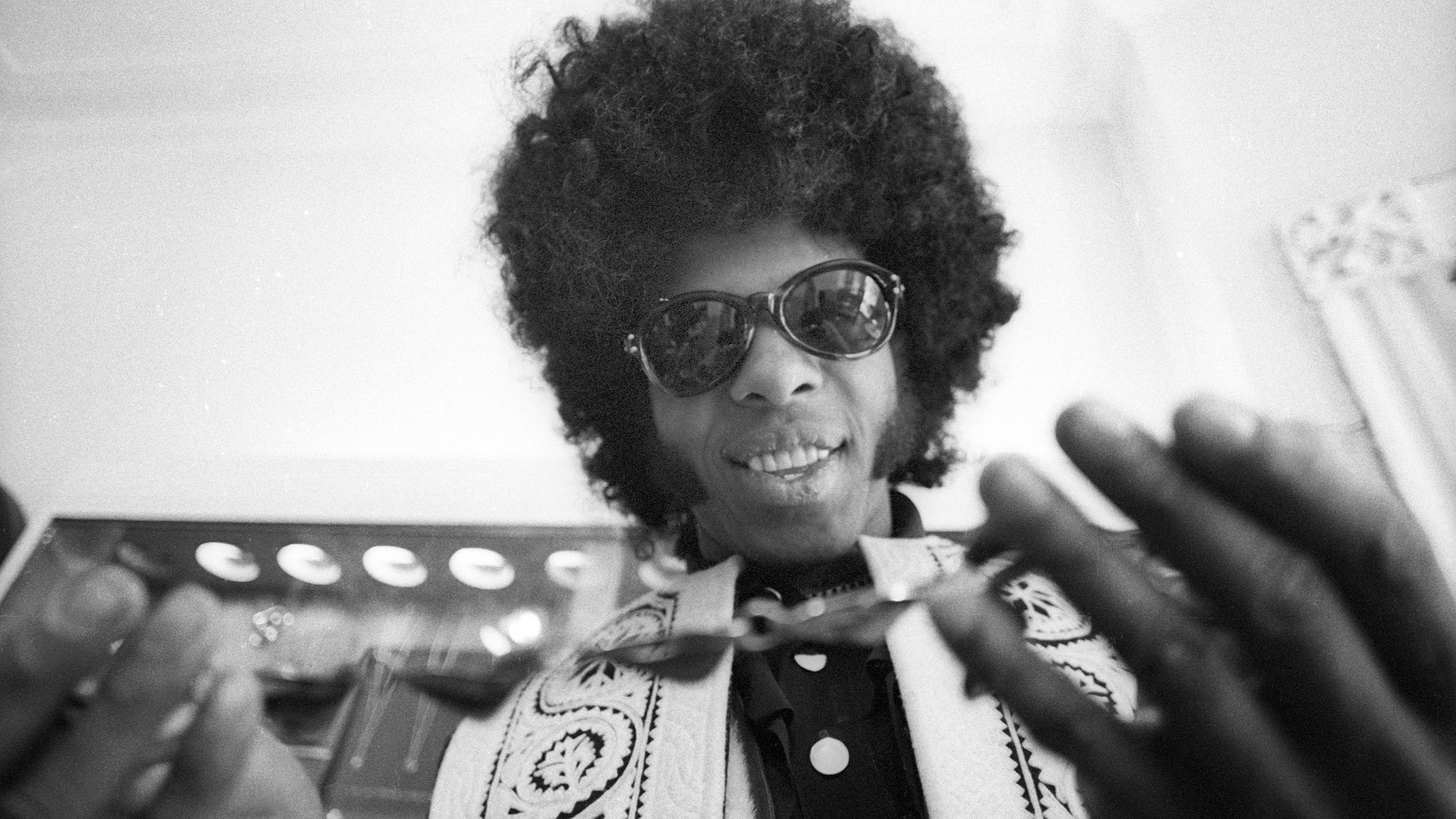 Sly Stone: The funk-rock visionary who became an addict and recluse
Sly Stone: The funk-rock visionary who became an addict and recluseFeature Stone, an eccentric whose songs of uplift were tempered by darker themes of struggle and disillusionment, had a fall as steep as his rise